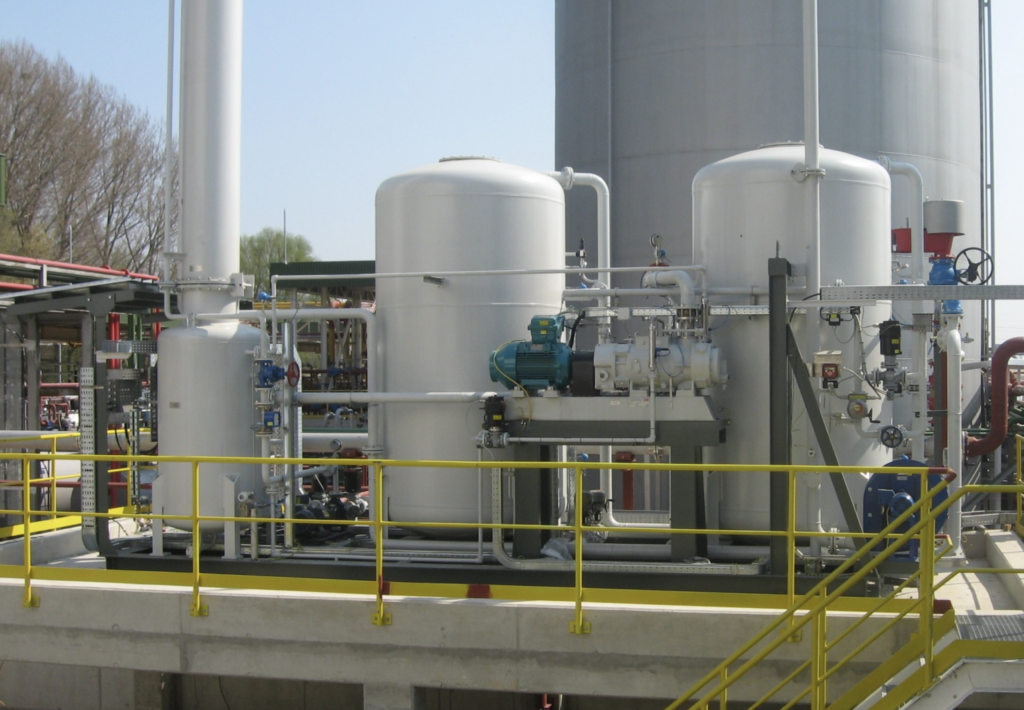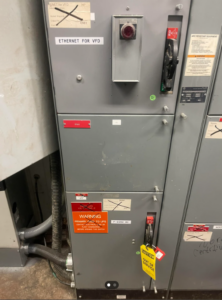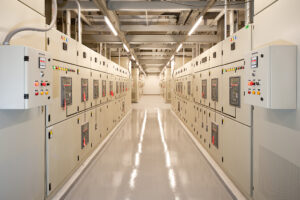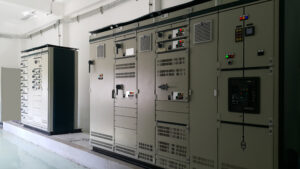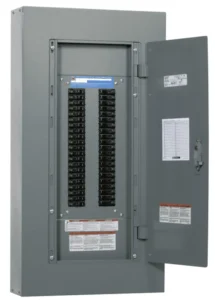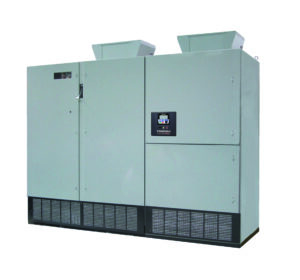Vapor recovery is an essential process in many industries where volatile organic compounds (VOCs) are present. By capturing these vapors, facilities can prevent harmful emissions, as well as reclaim valuable hydrocarbons that would otherwise be lost. In this article, we’ll explore what Vapor Recovery Units are, delve into critical design considerations, and evaluate the costs associated with these systems.
What is a Vapor Recovery Unit
Vapor Recovery Units (VRUs) are designed to capture approximately 95% of vapors from low-pressure storage tanks. These units are operational throughout the year, with downtime reserved only for necessary annual maintenance. They are cost-effective because they recover BTU-rich vapors, offering substantial financial returns when there is a market for these recovered substances.
VRUs play a crucial role in environmental protection by capturing not only VOCs but also hazardous air pollutants (HAPs). This is an important function as VOCs and HAPs serve as significant contributors to air pollution, thereby posing health risks. While these systems are predominantly serve in reducing emissions from crude oil and condensate storage tanks, their versatility allows for adaptation to other sources of emissions found within industrial sites. Examples include capturing emissions from activities such as pipeline pigging, compressor seal and blowdown vents, as well as dehydrator vents.
Design Considerations for Vapor Recovery Units
VRU Configuration
Vapor Recovery Units (VRUs) can be installed for individual storage tanks or in complex setups involving multiple tanks. An example includes those found in gathering or boosting station tank batteries. The operational mechanics of VRUs begin with drawing hydrocarbon vapors out of storage tanks under low pressures, typically ranging from 0.25 to 2 psig. This initial step is crucial for ensuring that the vapor recovery process is both safe and efficient.
Detailed Process Flow
The extracted vapors first pass through a liquid separator, commonly known as a suction scrubber. This device is pivotal in removing any liquids that might condense from the saturated vapor, which are typically recycled back into the storage tank. This recycling process helps in minimizing waste and enhancing the efficiency of the recovery process.

Following the scrubbing phase, the vapors are directed through a wet gas compressor specially designed to handle low suction pressures. This compressor is a critical component of the VRU that manages the challenges of the low-pressure environment it operates in.
Safety and Control Mechanisms
One major safety concern in VRUs is the creation of vacuums within the storage tank, especially when liquid levels are low. VRUs usually have a control pilot to prevent this from happening. This pilot system intelligently shuts down the compressor and allows the backflow of vapors into the tank. Thus, maintaining a stable pressure within the tank’s vapor space.
Distribution and Utilization of Recovered Vapors
After compression, the unit meters and reroutes vapors toward various destinations depending on their quality and the facility’s requirements. These include low-pressure sales lines, production compressor suction lines, or even used as onsite fuel gas supply. This flexibility in handling the recovered vapors maximizes their utility and economic value.
Sizing and Capacity Considerations
A VRU size should be able to manage double the average volume of vapors anticipated from the storage tanks and any connected equipment. This sizing ensures that the compressor operates efficiently, ideally running only half the time, which conserves energy and reduces wear. Also, the piping design should be such that it minimizes pressure drops. In line with best practices, the maximum pressure drop should not exceed 0.5”WC at twice the maximum flow.
Economic and Energy Considerations
The vapors recovered by VRUs often contain natural gas liquids (NGLs) and other organic compounds. These have a heat content significantly higher than typical pipeline quality natural gas. For instance, pipeline quality gas usually has a heat content ranging from 950 to 1,100 BTU/ft3. While that of vapors recovered from storage tanks can exceed 2,000 BTU/ft3, depending on the vapor composition. This higher energy content means that, on a volumetric basis, the recovered vapors can be more valuable than methane alone. Additionally, the gas condensate retrieved from a VRU suction scrubber generally possesses a higher gravity than crude oil. So, if sold separately, can command a higher market price.
Integration with Other Systems
The large vapor space in storage tanks helps to modulate pressure and flow variations from other low-pressure sources, such as vents from reciprocating compressor rod packing or dehydrator vents. This integration capability underscores the adaptability of VRUs to various industrial setups, making them an indispensable asset in modern hydrocarbon processing environments. In design, it is necessary to consider compatibility of the integration interface with other equipment.
Cost Considerations for Vapor Recovery Units
A thorough understanding of the cost factors is essential when evaluating the feasibility of implementing Vapor Recovery Units (VRUs). Generally, these costs fall into two main areas: capital and installation costs, as well as operating and maintenance expenses.
Capital and Installation Costs
The upfront costs associated with VRUs are significant and include the purchase of the unit itself and its installation. The price of the equipment varies depending on several factors:
- Volume Handling Capacity: The capacity of the VRU to handle vapor volumes directly influences the price.
- Sales Line Pressure: Higher pressures may require more robust systems, increasing the cost.
- Number of Tanks: Systems designed to handle multiple tanks are more complex and costlier.
- Compressor Specifications: The size and type of compressor affect the price, with larger and more specialized compressors being more expensive.
- Degree of Automation: Highly automated units are typically pricier due to the advanced technology involved.
Key components such as the suction scrubber, compressor, and automated control unit are the primary elements of the VRU, each adding to the total cost. Additionally, gas measurement facilities, while optional, represent an extra expense if included.
Manufacturers and partners who have previously installed VRUs suggest that installation costs can increase the initial equipment expense by 50 to 100 percent. Factors influencing installation costs include:
- Location: Remote locations often incur higher transportation and labor costs.
- System Size: Larger systems, necessary for multiple tanks, generally require more extensive installation efforts.
- Additional Requirements: Expenses for site preparation, VRU housing (especially in extreme climates), and supplementary equipment for remote or unmanned operations also contribute to the overall installation costs.
Operation and Maintenance Expenses
The ongoing expenses of operating a VRU include electricity and routine maintenance, which vary based on:
- Location: VRUs in extreme climates endure more environmental wear and tear, thus incurring higher maintenance costs.
- Electricity Costs: The cost of power can significantly affect the operational expenses, depending on local electricity rates.
- Oil Type: Oils with higher paraffin content can lead to frequent clogging, requiring more intensive maintenance efforts.
Optimizing Vapor Recovery Units for Cost Efficiency
At Paradigm, our expertise lies in optimizing VRU systems to minimize operational expenses while maximizing performance. By leveraging high-quality equipment and strategic installation practices, we ensure that VRUs operate at peak efficiency, thereby minimizing maintenance and repair costs. Through meticulous planning and collaboration with trusted manufacturers, we design preventive maintenance programs tailored to each client’s needs. This further enhances long-term cost savings. With Paradigm, clients can rest assured that their VRU systems are not only environmentally responsible but also economically advantageous. Thus, providing a sustainable solution for your vapor recovery needs.

